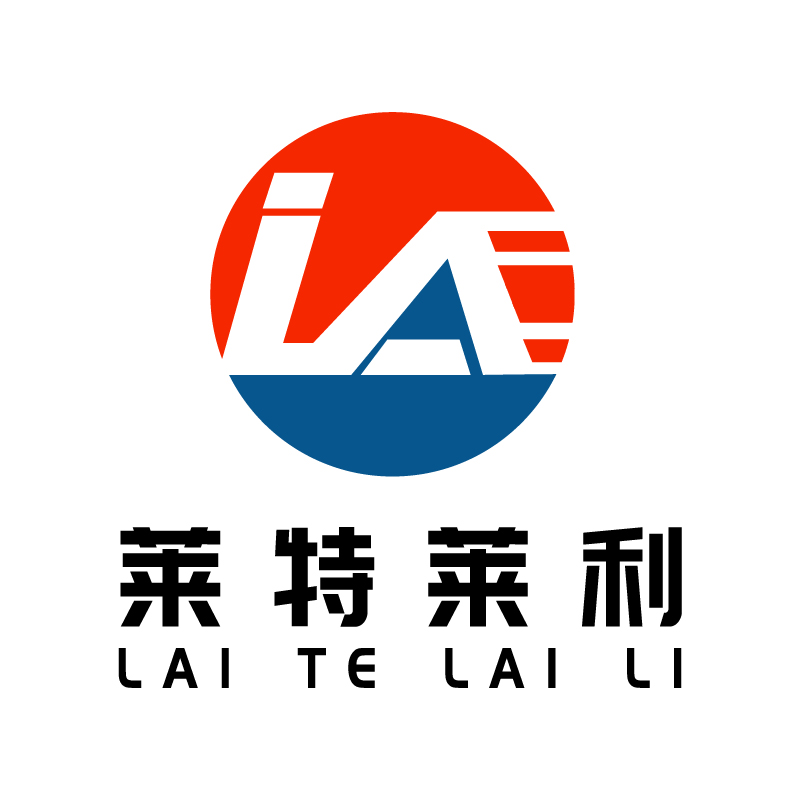What are the impacts of changes in downstream market demand on the enhanced mixed-base carbon belt industry?
Changes in downstream market demand have a profound impact on enhancing the mixed-base carbon belt industry, mainly reflected in the following aspects:
First, market size and growth potential
1.Market size change: The increase in downstream market demand will directly lead to the expansion of the mixed base carbon belt market size. With the growth of demand, enterprises need to increase production to meet the market demand, thus promoting the overall scale expansion of the industry.
2.Growth potential: Continued demand from downstream markets provides broad room for growth for the mixed-base carbon belt industry. Especially when there is a new growth point or transformation and upgrading of the downstream industry, the demand for the mixed base carbon belt will also increase correspondingly, further stimulating the growth potential of the industry.
Second, product development and upgrading
1.Customization needs: The diverse needs of the downstream market have prompted mixed-base carbon belt companies to continuously develop new products to meet the application needs of specific fields. This customization trend has driven technological innovation and product upgrades in the industry.
2.Performance improvement: The downstream market continues to improve the requirements for product performance, prompting the mixed base carbon belt enterprises to improve the material formula, production process and other aspects to improve the wear resistance, weather resistance, corrosion resistance and other properties of the product.
Third, market competition pattern
1.Changes in the competitive landscape: Changes in downstream market demand may lead to adjustments in the competitive landscape of the industry. Increased demand may attract new competitors to enter the market, while existing companies may also compete for market share by expanding production capacity and improving product quality.
2.Competitive strategy adjustment: In the face of changes in downstream market demand, enterprises need to flexibly adjust their competitive strategies. For example, by strengthening brand building, optimizing sales channels, improving after-sales service and other ways to enhance market competitiveness.
Fourth, supply chain and production management
1.Supply chain adjustment: Changes in downstream market demand may prompt mixed-base carbon belt enterprises to adjust their supply chain strategies. In order to better meet market demand, enterprises may need to establish cooperative relationships with more raw material suppliers to ensure a stable supply of raw materials.
2.Production management optimization: With the increase in downstream market demand, enterprises need to optimize production management processes to improve production efficiency and quality. This includes introducing advanced production equipment, improving production processes, and strengthening staff training.
Fifth, investment and mergers and acquisitions
1.Investment opportunities: The growth of downstream market demand provides good investment opportunities for the mixed base carbon belt industry. Companies can strengthen themselves by investing in expanding production capacity, developing new products, or acquiring other companies.
2.M&a trends: In the context of strong downstream market demand, M&A activities in the mixed base carbon belt industry may become more frequent. Through mergers and acquisitions, enterprises can rapidly expand market share, acquire advanced technology or integrate industrial chain resources.
In summary, changes in downstream market demand have a profound impact on enhancing the mixed base carbon belt industry. Enterprises need to pay close attention to downstream market dynamics and flexibly adjust market strategies and production management processes to seize market opportunities and respond to challenges. At the same time, strengthening technological innovation and product upgrading is also the key to enhance the competitiveness of the industry.



